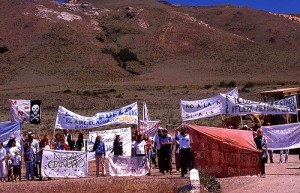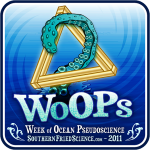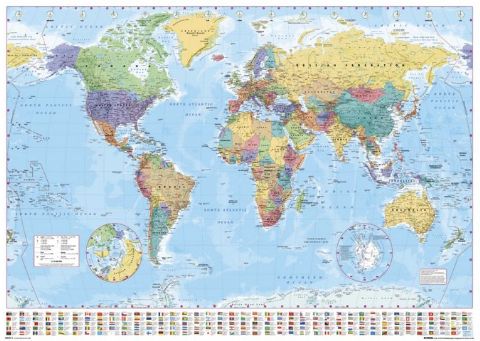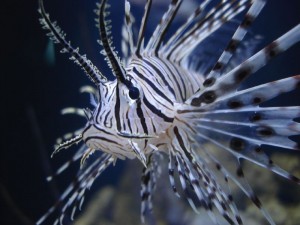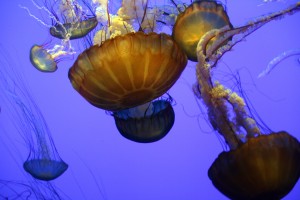 In a world where words like sustainability are used in many contexts with widely varying meanings, we forget that the environmental community was once very choosy in its wording. Terms have specific meanings such that a single word can communicate a philosophy and accompanying ethics. Conservation and preservation are two such terms. The first denotes an effort to sustain a space or resource for perpetual use. Preservation denotes a fortress-like approach to nature, walling off human influence in order to maintain pristine “wilderness”. The terms are linked to big figures in American history, each of whom established a land ethic according to their philosophy now codified in US law.
In a world where words like sustainability are used in many contexts with widely varying meanings, we forget that the environmental community was once very choosy in its wording. Terms have specific meanings such that a single word can communicate a philosophy and accompanying ethics. Conservation and preservation are two such terms. The first denotes an effort to sustain a space or resource for perpetual use. Preservation denotes a fortress-like approach to nature, walling off human influence in order to maintain pristine “wilderness”. The terms are linked to big figures in American history, each of whom established a land ethic according to their philosophy now codified in US law.
Read More “Wording Matters: Conservation vs. Preservation” »

